Probably created in Flanders in the 18th century, they reflect the refined decorative tradition inherited from the Baroque period and draw inspiration from the work of François Duquesnoy. The type of putto seen here is rendered with great fidelity, notably featuring the high, rounded forehead typical of the idealized childlike figures developed by the 17th-century sculptor.
One putto holds a reed, while the other carries a garland of flowers, both suggesting a festive or pastoral theme. The soft modelling of the forms, the natural movement of the poses, and the fine detailing—especially in the wings and drapery—emphasize the elegance of these works, which stand between the Italian Baroque style and the 18th-century Flemish taste for ornament.















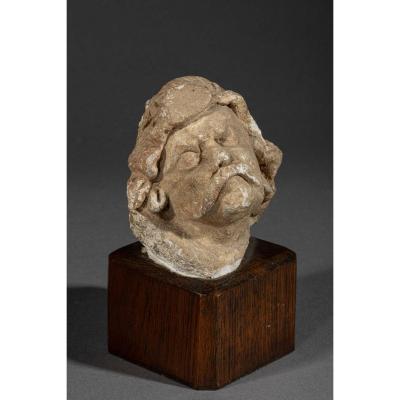

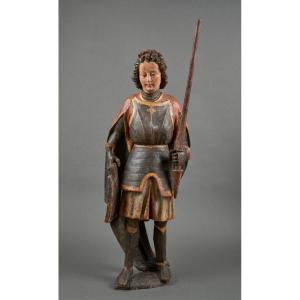




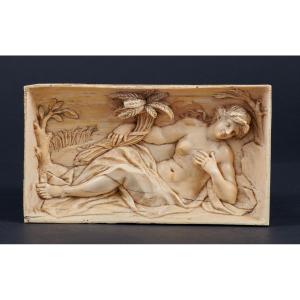
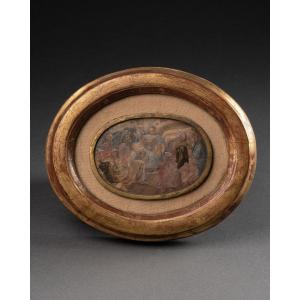
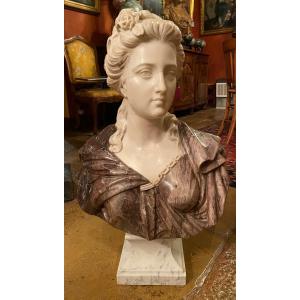

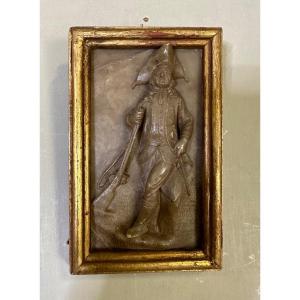





 Le Magazine de PROANTIC
Le Magazine de PROANTIC TRÉSORS Magazine
TRÉSORS Magazine Rivista Artiquariato
Rivista Artiquariato